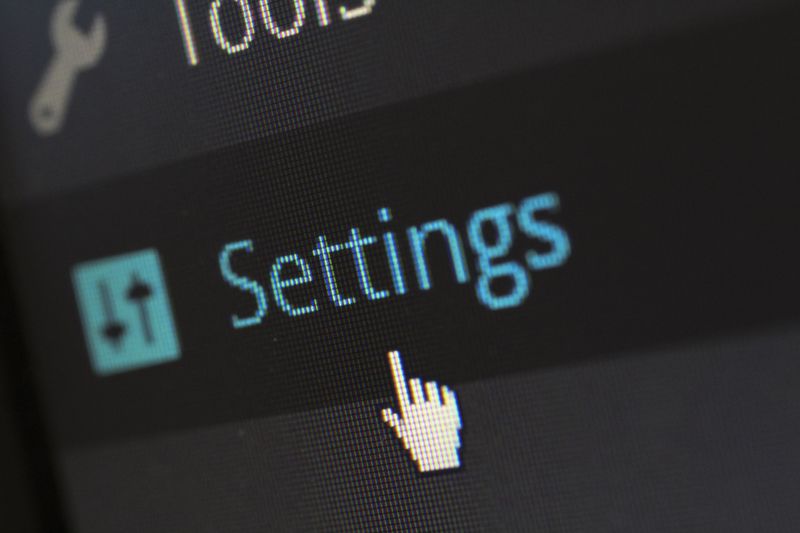Report: Vade Releases H1 2023 Phishing and Malware Report
Introduction
Vade, a global cybersecurity company, has recently published its H1 2023 Phishing and Malware Report. The report sheds light on the top 10 most impersonated brands in phishing attacks during the first half of the year, as well as provides insights into phishing and malware trends. The study reveals that Facebook topped the list as the most impersonated brand, followed closely by Microsoft. Financial services emerged as the most impersonated industry, and there was a significant increase in phishing attacks targeting Microsoft and Google.
Impersonation of Leading Brands
According to Vade’s report, Facebook and Microsoft maintained their dominant positions as the most spoofed brands in H1 2023. Facebook accounted for 18% of all phishing URLs, while Microsoft accounted for 15%. In Q2, Microsoft surpassed Facebook with a 22% increase in spoofing attempts. Notably, these two companies accounted for more unique phishing URLs than the next five brands combined, which included Crédit Agricole, SoftBank, Orange, PayPal, and Apple.
Financial services, which have consistently been a target for hackers, remained the most impersonated industry. The sector accounted for over 33% of all phishing URLs, followed by social media (22%) and cloud services (21%). Crédit Agricole, a French financial services brand, climbed four places in the rankings to become the third most impersonated brand in H1. SoftBank, based in Japan, experienced a significant increase of 1500% in phishing attacks, landing them in the fourth spot. Additionally, First Citizens Bank in the United States saw a staggering 4000% rise in unique phishing URLs between Q1 and Q2.
Targeting Microsoft and Google
Vade’s report highlights the continued targeting of Microsoft and Google in phishing attacks. Both companies made it to the list of the top 10 most impersonated brands in H1 2023. As Microsoft 365 and Google Workspace gain popularity, attackers exploit their widespread usage. Vade uncovered two attacks targeting Microsoft 365 users and two attacks utilizing various Google services, including YouTube and Google Translate.
Malware Trends and Email Volume
The report also provides insight into malware trends and email volume during H1 2023. Malware volumes increased slightly from 111.4 million in H2 2022 to 112.3 million in H1 2023. January saw the highest volume of phishing emails, while February experienced the lowest.
Security Implications and Strategies
The findings of Vade’s report underscore the ongoing threat of phishing attacks and the need for heightened internet security. As attackers continue to evolve their techniques, it is crucial for individuals, businesses, and organizations to remain vigilant and proactive.
To protect against phishing attacks, users should exercise caution while accessing emails and clicking on links. Verify the authenticity of emails, especially those from familiar brands, and avoid sharing sensitive information or credentials through unsecured channels. Employing robust cybersecurity solutions that utilize AI and human-powered detection and response can provide an added layer of protection against phishing attempts.
Editorial: The Continuous Battle Against Cyber Threats
The H1 2023 Phishing and Malware Report by Vade serves as a reminder that the fight against cyber threats is an ongoing battle. As hackers become increasingly sophisticated, it is crucial for individuals, companies, and governments to continually hone their defenses and stay informed about emerging cyber threats.
Investing in cybersecurity measures and fostering a culture of proactive security practices are imperative. Governments should allocate resources to support cybersecurity initiatives, while businesses and organizations must prioritize cybersecurity in their operations. Individuals should educate themselves on best practices for internet security and exercise caution in their online activities.
It is also important for collaboration between the public and private sectors to combat cyber threats collectively. Sharing information about emerging threats and coordinating efforts to address them can strengthen everyone’s ability to detect and mitigate cyber risks.
In conclusion, the findings from Vade’s H1 2023 Phishing and Malware Report emphasize the importance of an ongoing commitment to internet security. By remaining vigilant, adopting best practices, and leveraging advanced cybersecurity solutions, individuals and organizations can protect themselves against the growing sophistication of cyber threats.

<< photo by Pixabay >>
The image is for illustrative purposes only and does not depict the actual situation.
You might want to read !
- EncryptionSafe: Revolutionizing Windows PC Security with a Free and User-Friendly Encryption App
- Safe Security’s Strategic Move: Safe Security Acquires RiskLens
- Black Hat’s Pledge for Sustainable Cybersecurity: Building a Resilient Future
- Redefining Cybersecurity: Analyzing the Impact of Linux Hacker’s Deceptive PoCs
- The Rise of AI Defenses: Can WormGPT Conquer AI Malware?
- Is Facebook Invading Your Privacy by Monitoring Your Health Decisions?
- Undercover Love and International Intrigue: RomCom Spies Take Center Stage at NATO Summit
- How Google Searches for ‘USPS Package Tracking’ Can Lead to Banking Theft
- Cato Networks Unleashes a Network Security Evolution: Real-Time, Machine Learning-Powered Protection




